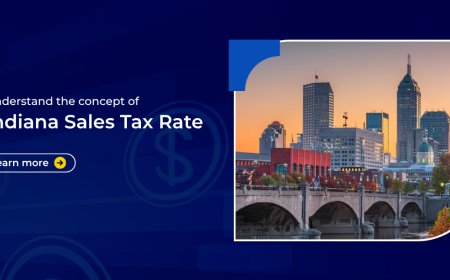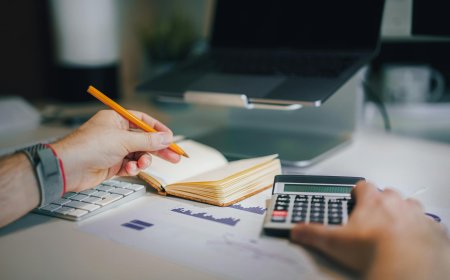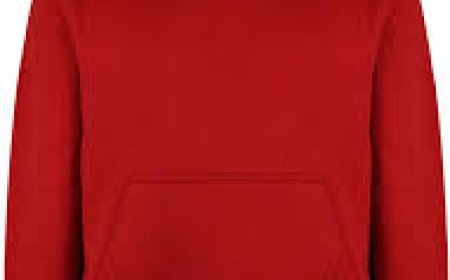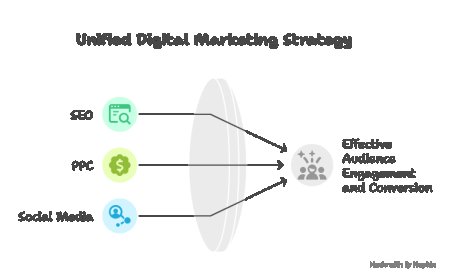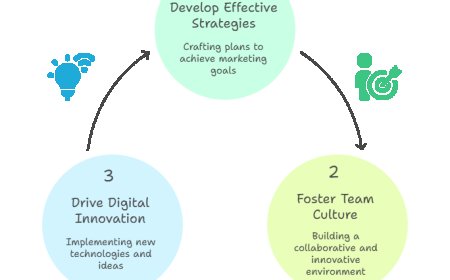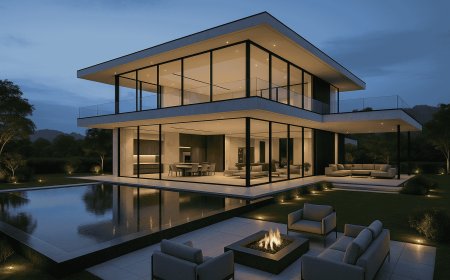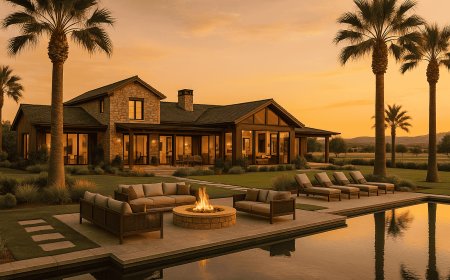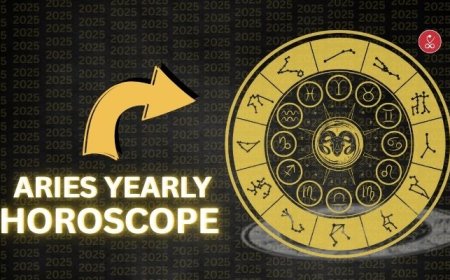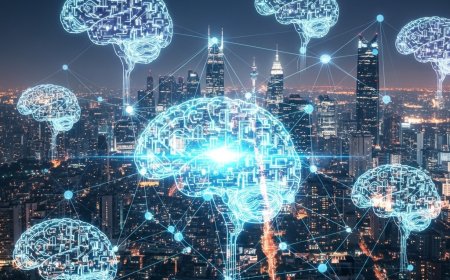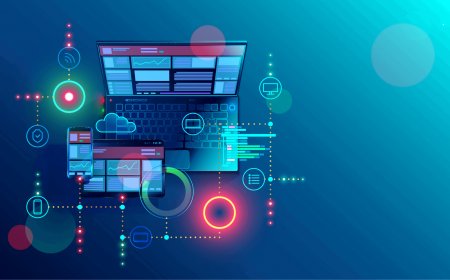What Is Production Design? Exploring Its Role in Movies
What is production design in film? Learn how this vital element shapes powerful movie worlds with expert insight.
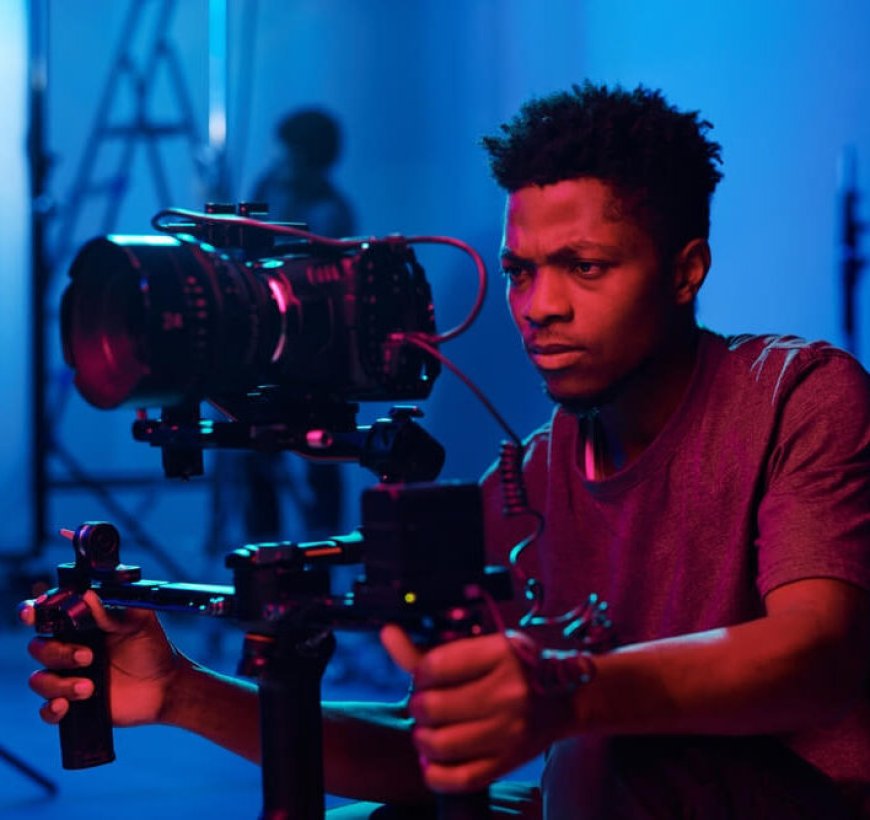
In the world of filmmaking, visual storytelling plays an essential role in engaging the audience and elevating the narrative. While actors, dialogue, and direction are often spotlighted, another crucial pillar works silently in the background production design. This artistic discipline is responsible for creating the world that the characters inhabit, bringing the script to life in physical form.
The question What is production design isn't just for film students or industry professionals; its essential for anyone who loves cinema. Understanding its role can deepen appreciation for the movies we enjoy and highlight the intricate craft behind each scene.
The Core Elements of Production Design
Production design is a multidisciplinary art that coordinates everything the camera sees. From set design to location choice and visual textures, the production designer leads the visual team to ensure consistency and authenticity.
It includes managing:
- Set construction and design
- Color palettes and visual themes
- Props, dcor, and furniture
- Collaboration with costume and lighting departments
Each element must align with the storys mood, era, and genre. Whether it's a dystopian sci-fi world or a historical drama, production design shapes the viewers perception before a single line is spoken.
The Historical Evolution of Production Design
Production design has evolved alongside the film industry. In early cinema, sets were minimal due to technological limits. But as storytelling matured, so did the demand for immersive environments.
In the 1930s, studios began assigning dedicated professionals to lead set design. William Cameron Menzies, often credited as the first production designer, revolutionized the role in Gone with the Wind (1939), setting a gold standard for visual storytelling.
With digital filmmaking, the scope of production design expanded. Today, designers blend traditional craftsmanship with CGI to build detailed cinematic universes, showing that the role continues to adapt and grow.
The Collaborative Nature of the Craft
A production designer does not work in isolation. Their vision must align with the director's interpretation, the cinematographers style, and the story's emotional beats. Collaboration is key.
For example, a war film might require battle-worn environments, scorched earth, and realistic props. The designer will collaborate with prop masters, special effects teams, and even sound designers to achieve a cohesive setting.
This complex coordination often begins in pre-production and continues throughout filming. The role also overlaps with art directors, set decorators, and graphic designers.
Rezaid film, a leader in creative film software, provides tools that streamline this collaboration, allowing production designers to manage visuals and planning with more efficiency and clarity.
Visual Consistency Across Scenes
One of the major responsibilities of production design is maintaining visual coherence. Consistency helps the audience stay immersed and emotionally connected. It prevents distractions that might break the cinematic illusion.
"The best production design is invisible. You dont notice it you feel it." Rick Carter, Oscar-winning production designer
For instance, in films like The Grand Budapest Hotel, the production design plays an active role in storytelling, echoing the whimsical tone and narrative symmetry. Colors, geometry, and textures are chosen with surgical precision.
Every object, wall color, and furniture placement matters nothing is accidental.
How Production Design Shapes Audience Emotion
Production design is not merely decorative its deeply emotional. The visual world sets expectations and triggers subconscious reactions.
A cold, sterile hospital room can evoke discomfort, while a warmly lit vintage kitchen may feel nostalgic and safe. Designers use color psychology, spatial composition, and even texture to communicate subtext.
To revisit the earlier question: What is production design? It is the blueprint of the films physical identity, silently guiding emotions and building worlds we believe in.
Tools and Software Supporting Production Designers
As filmmaking becomes more complex, professionals rely on advanced tools to execute their vision. Digital software allows designers to previsualize sets, share concepts, and manage logistics efficiently.
Must-Have Features in Production Design Software
Before choosing any design tool, here are a few must-have features designers should look for:
- Storyboard and previsualization support
- Collaboration tools with real-time sharing
- Asset libraries and 3D modeling
- Budget and inventory tracking
- Integration with other filmmaking software
Benefits of Strong Production Design
Impactful Production Design Adds Value by:
- Enhancing storytelling by setting mood and tone
- Elevating the aesthetic quality of the film
- Guiding audience attention and emotional cues
- Supporting character development through space and setting
Whether its an indie film or a major studio release, well-executed production design increases a projects professionalism and viewer appeal. A strong design foundation allows other departments lighting, direction, costume to flourish in harmony.
Conclusion
Production design is the soul of a films visual world. From the first sketch to the final set, production designers shape how stories look, feel, and connect with viewers. While often unsung, their influence is undeniable.
Understanding what is production design enriches the viewing experience. Its more than building sets its about designing emotion, environment, and depth. As tools like Rezaid film continue to support creative professionals, the future of production design looks more imaginative and accessible than ever.





